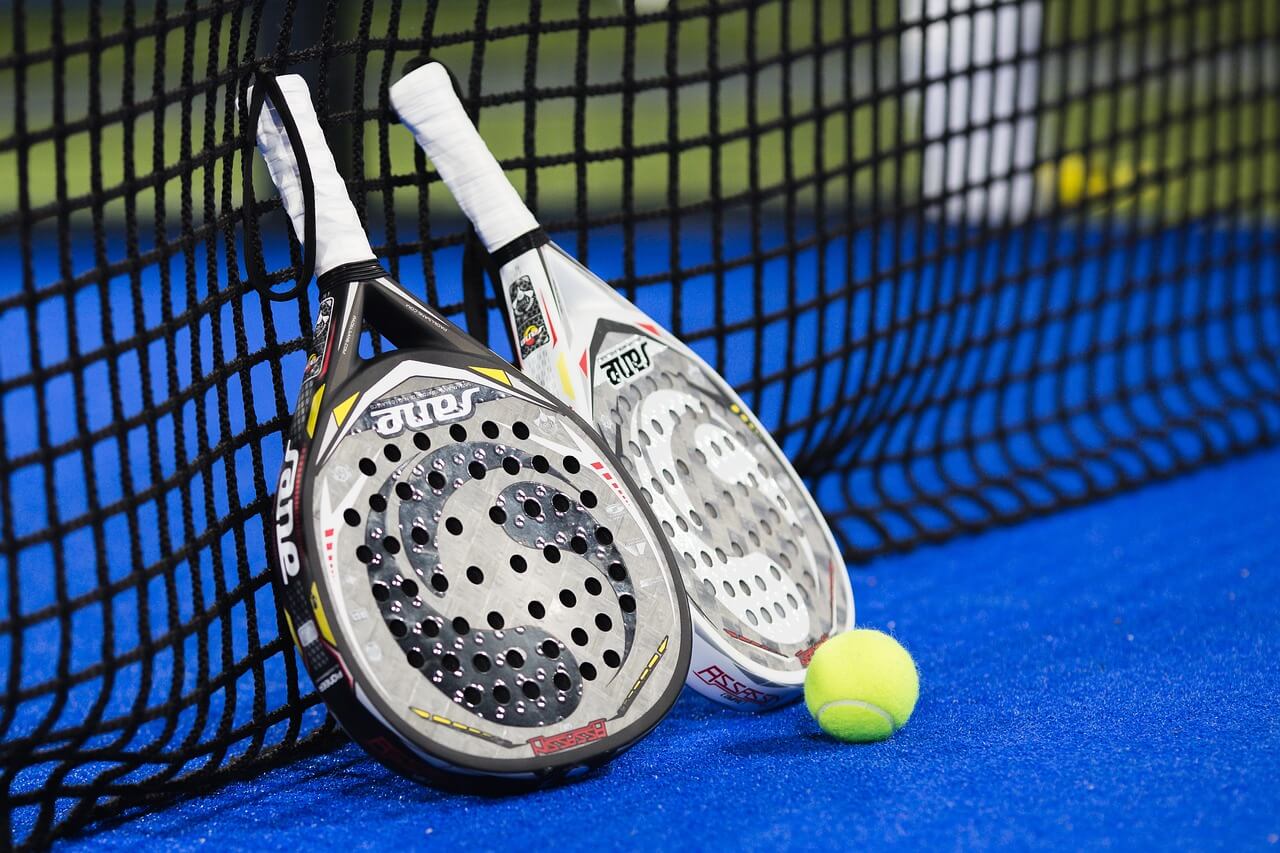When you step onto a padel court, the central piece of equipment in your hand is known by various names. While many refer to it as a “padel racket,” others might call it a “padel paddle.” In the United States in particular, it is known as a Padel Racket. These two terms are often used interchangeably, but is there a correct name for this essential tool of the game? Let’s delve into the world of padel and uncover the historical origins behind these naming conventions.
Contents:
The Padel Racket vs. Padel Paddle: What’s in a Name?
A Brief History of Padel and Its Equipment
A Multinational Sport with Varied Terminology
Conclusion: A Sporting Identity That Adapts
The Padel Racket vs. Padel Paddle: What’s in a Name?
The first thing to note is that there is no definitive rule when it comes to naming the piece of equipment used in padel. Both “padel racket” and “padel paddle” are widely accepted terms, and players across the globe use them without hesitation. So, you can comfortably refer to it as either, and you’ll be understood.
The reason for this naming flexibility lies in the sport’s rich history and its diverse influences. Padel, as a sport, emerged in Mexico during the 1960s. However, it was heavily inspired by other racquet sports like tennis and squash. The equipment, in particular, reflects this blend of influences.
A Brief History of Padel and Its Equipment
Padel was invented by Enrique Corcuera, who sought to create a sport that could be enjoyed by his family. To do this, he borrowed elements from various other racquet sports. The padel court, for example, is smaller in size compared to a traditional tennis court, making it more accessible for families and recreational players. The scoring system and some rules are reminiscent of tennis, while the glass-enclosed court design draws inspiration from squash.
The naming of the equipment followed suit, combining elements from tennis and other racquet sports. Tennis players naturally referred to it as a “racket” due to the similarities in its form and function to a tennis racket. On the other hand, squash players saw its resemblance to a “paddle” and adopted that term.
A Multinational Sport with Varied Terminology
One of the fascinating aspects of padel is its ability to transcend borders and cultures. In different parts of the world, you’ll encounter various names for the equipment, reflecting the diverse linguistic and regional influences on the sport. For example:
- In Spain, it’s often referred to as “pala” or “pala de pádel,” emphasizing the paddle-like qualities of the equipment.
- In English-speaking countries, players more commonly use the term “padel racket,” aligning with the conventional name for racquets used in sports like tennis.
- In Latin America, “raqueta de pádel” or simply “raqueta” is prevalent, highlighting the connection to tennis.
A Sporting Identity That Adapts
In the world of padel, there isn’t a rigid distinction between “padel racket” and “padel paddle.” The sport’s diverse origins and influences have given rise to varied terminology that has been embraced by players worldwide.
Whether you choose to call it a “padel racket” or a “padel paddle,” what truly matters is your passion for the game and the joy it brings. This versatile piece of equipment, with its tennis-like form and paddle-like function, reflects the eclectic nature of padel and its ability to unite players from different backgrounds.
So, when you step onto the padel court and pick up your trusty “racket” or “paddle,” remember that the beauty of the sport lies in its flexibility and the shared enthusiasm of players who, regardless of the name, come together to enjoy the exhilarating game of padel.
